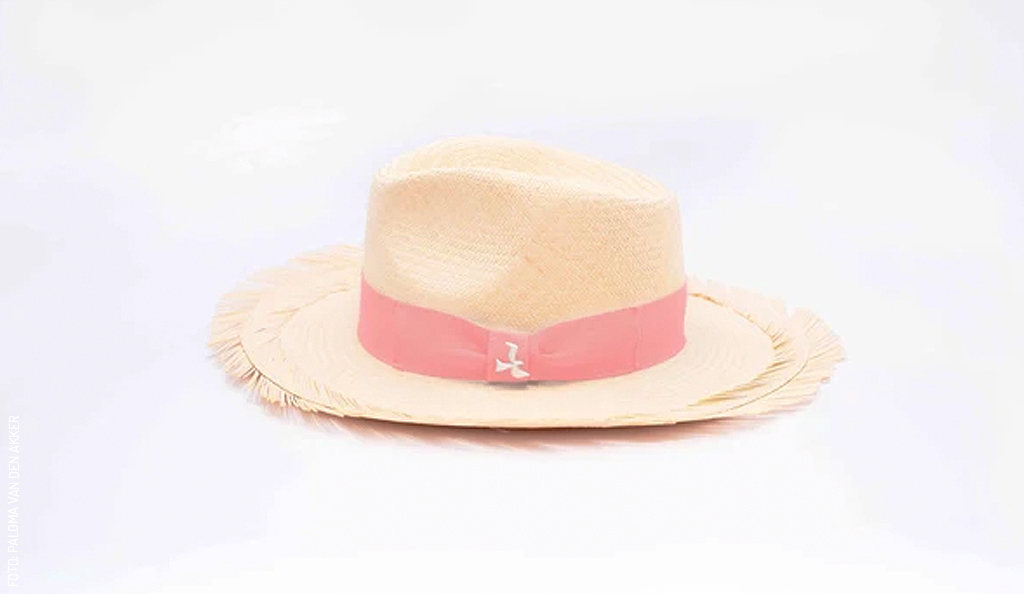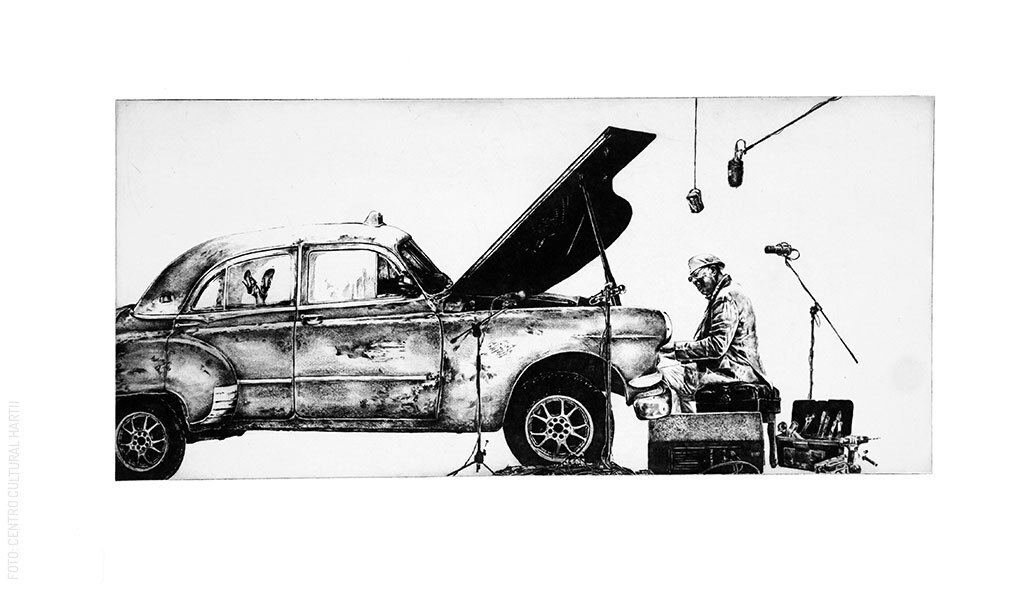
Enrique "Tente" Miralles: The Visual Poetry of Cuban Engraving
Havana, February 6, 1972. In the heart of Havana's Los Sitios neighborhood, Enrique Giovanni Miralles Tartabull, known in the art community as "Tente," was born. Today, his work stands out in the landscape of contemporary engraving. Despite growing up in a family environment closer to science than art, it was his father, a fan of drawing and the comics of his childhood, who planted the first seed of what would become a profound vocation. Although many thought his path would be music, influenced by his musician uncles, it was the visual world that ultimately captured his curiosity.
Artistic Journey and Revelation

The true revelation came in 1995 when he enrolled in the National Academy of Fine Arts San Alejandro, where for the first time, he felt he could express himself in a free and infinite way. There he met Belkis Ayón, an artist and teacher who introduced him to the universe of engraving, especially the collagraph technique. From then on, graphic art became not only a tool for expression but a way of life.
His training continued at the Taller Experimental de Gráfica de La Habana (Experimental Graphics Workshop of Havana), a key space that allowed him to acquire a professional discipline and develop his own vision. In this place, he immersed himself in the work of national and international artists, until in 2008, he founded his own studio-workshop: Praxis Habana.
A Universe of Influences and Creation
Miralles's work is nourished by a complex framework of cultural, personal, and visual references. African art, with its vast repertoire of masks, prints, and clothing, has been a constant source of inspiration. He has also been influenced by the work of masters such as Dürer, Da Vinci, Escher, Lam, Duchamp, Klossowski, and Mapplethorpe. But his influences are not limited to the academic; his immediate surroundings—the city, the neighborhood, advertising, friends, and family—are just as important.
Each piece he produces is constructed as a symbolic reflection of this mix of experiences, a visual universe that is at once poetic, ironic, and profoundly human.

Engraving: His Natural Language
Although he has experimented with multiple visual art media, engraving is his natural territory. In particular, the collagraph and drypoint are techniques that allow him to play with the image, deconstructing and rebuilding it based on intuition and technical precision.
Unlike the traditional approach to collagraph, which often privileges the gestural and textured, Miralles seeks results closer to lithography or intaglio, achieving subtle transparencies and fine lines. He prefers to share many of his technical contributions in workshops rather than publicly showcasing them.
His creative process begins in front of the computer, where he assembles compositions from elements documented from reality. These images are then reorganized under a symbolic logic that guides the final construction of the work. The printing is the decisive moment: there he discovers how many of his intentions were captured on the print and how many happy—or not so happy—accidents intervened in the result. This uncertainty, he says, is one of the things that most attracts him to engraving.
Miralles considers the collagraph to be a contemporary technique with an artisanal soul. He is fascinated by its ability to reinvent itself from the most mundane objects: a fragment of cardboard, a texture rescued from a container, a little school glue, a used X-ray film. With these materials and a large dose of patience, he creates works that retain the magic of traditional processes while speaking of the present with a clear, critical, and profoundly personal voice.

Philosophy and Exhibition: "Es lo que hay"
In the symbolic universe of Tente Miralles, everything can be true, even a lie. Because, as he himself states, a lie is just another type of truth... one that has not yet happened.
We invite you to see his most recent exhibition, "Es lo que hay" (It Is What It Is), at the Centro Cultural Hartii, located in Col. Campestre. The show presents some of his most outstanding pieces from different periods of his life and will be available until October. To visit, you can schedule an appointment in advance via WhatsApp.
Centro Cultural Hartii
Calle21 #135 por 36 y 38 Col. Campestre
WhatsApp 999 250 0569
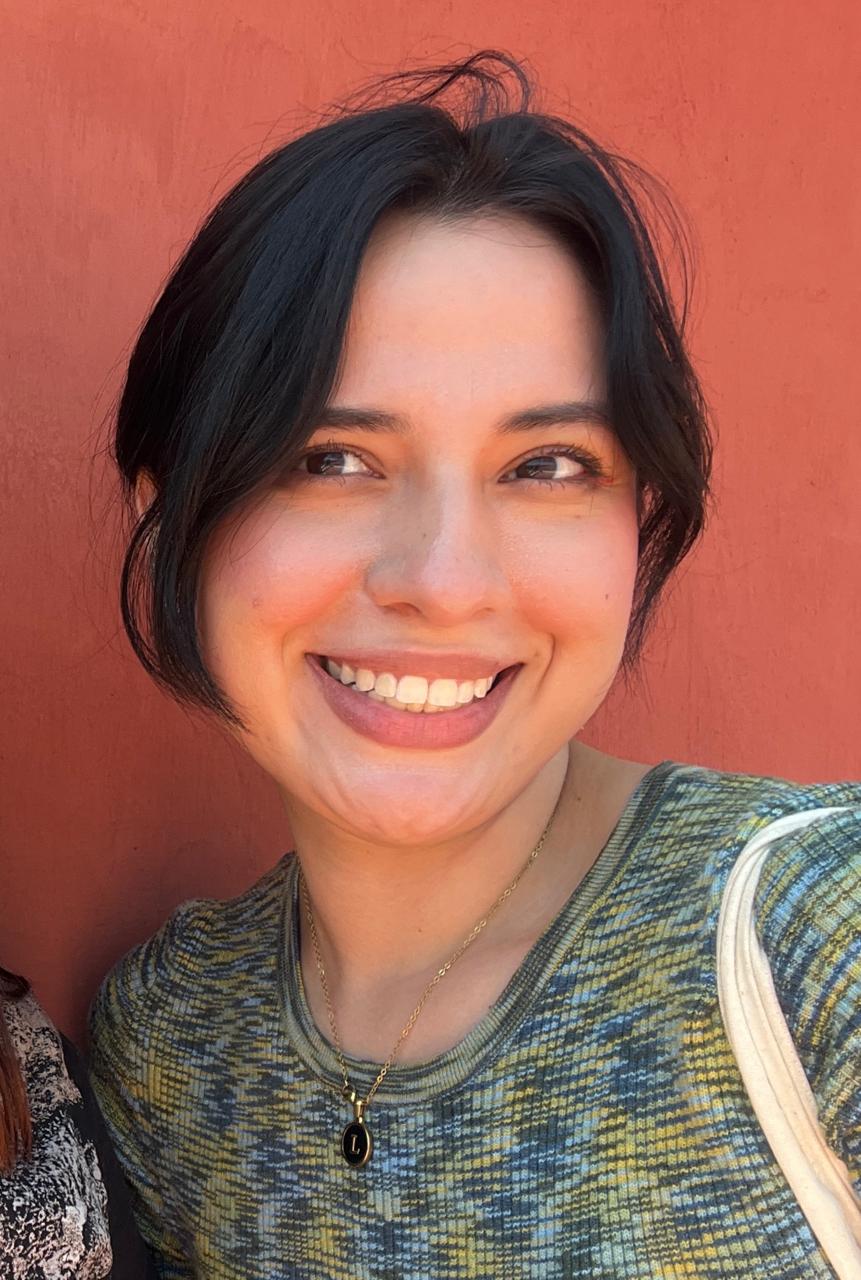
Author: Laura Fernández Vallejos
Art Dealer en el Centro Cultural y Galeria Hartii. @lau.hartii
In love with Yucatán? Get the best of Yucatán Today in your email.
Don't miss our best articles and the monthly digital edition before anyone else.
Related articles
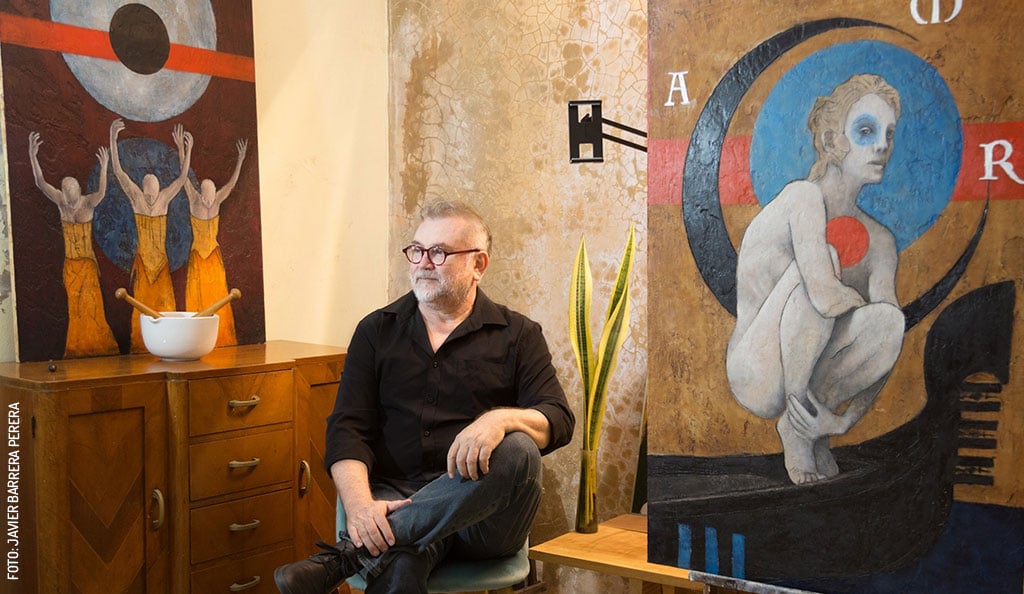
Javier Barrera Perera: Between the Real and the Dreamlike
Explore the poetic art of Yucatecan artist Javier Barrera Perera. His paintings blend reality and dreams. See his exhibit "Utópica" in Mérida.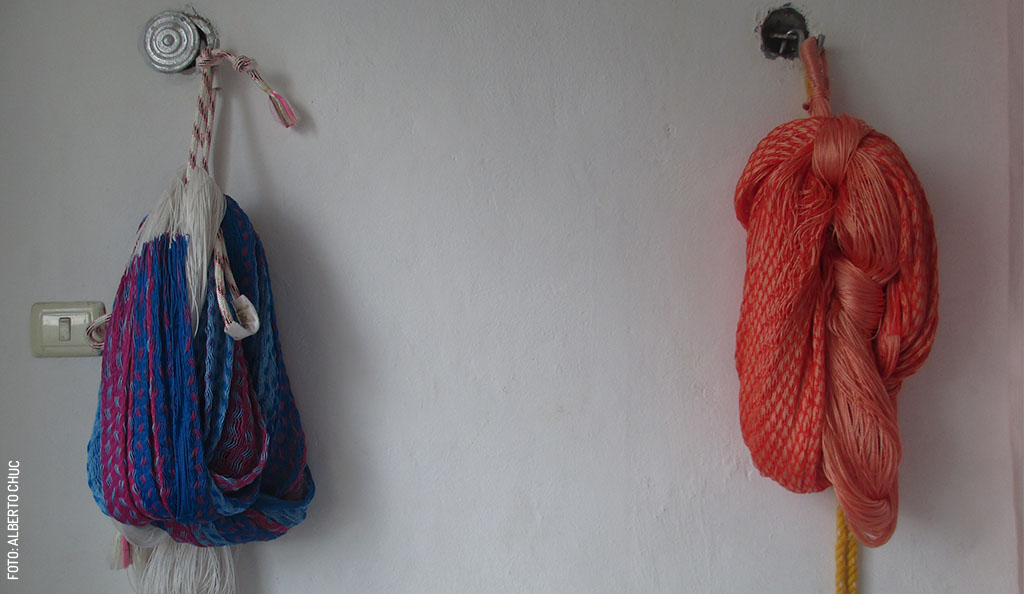
The Art of Hanging Up a Hammock
Explore the art and tradition of hanging up a hammock in Yucatán, a skill passed down through generations. Discover the cultural significance of...